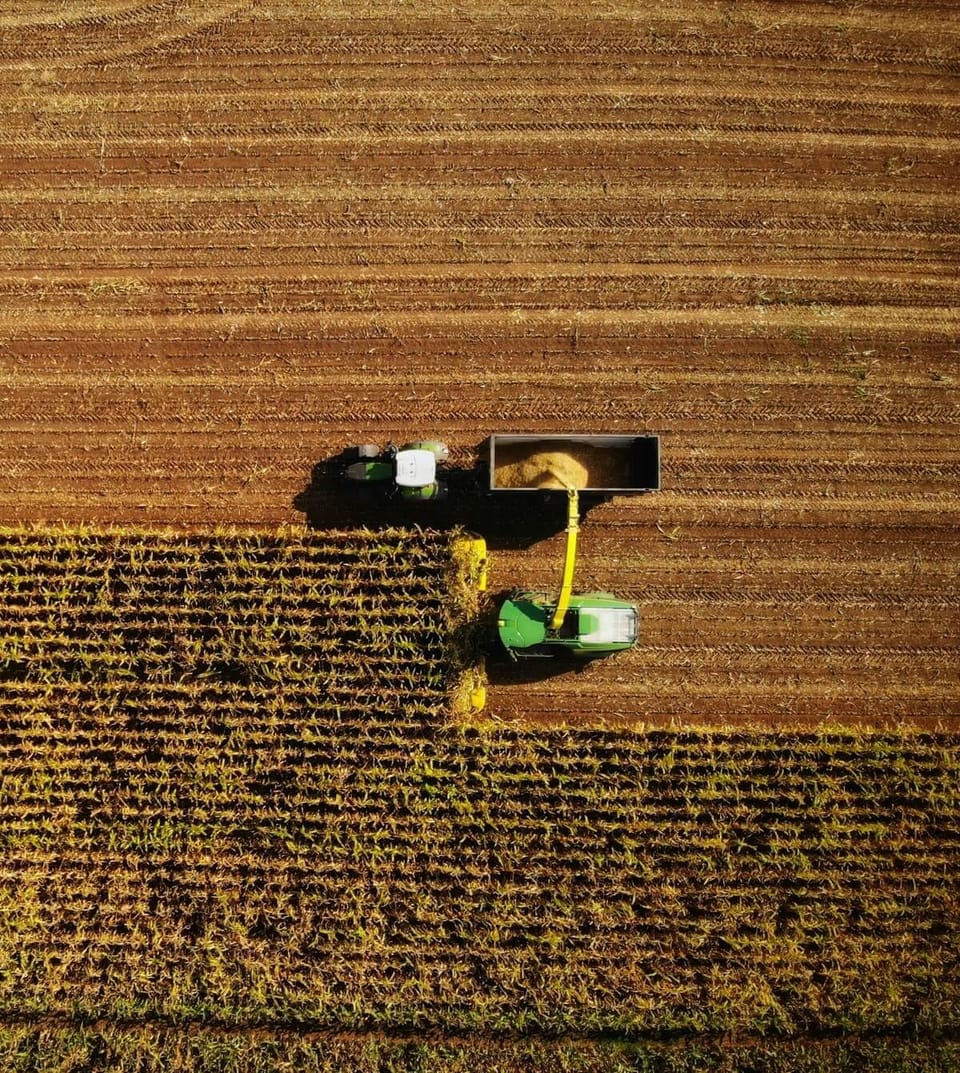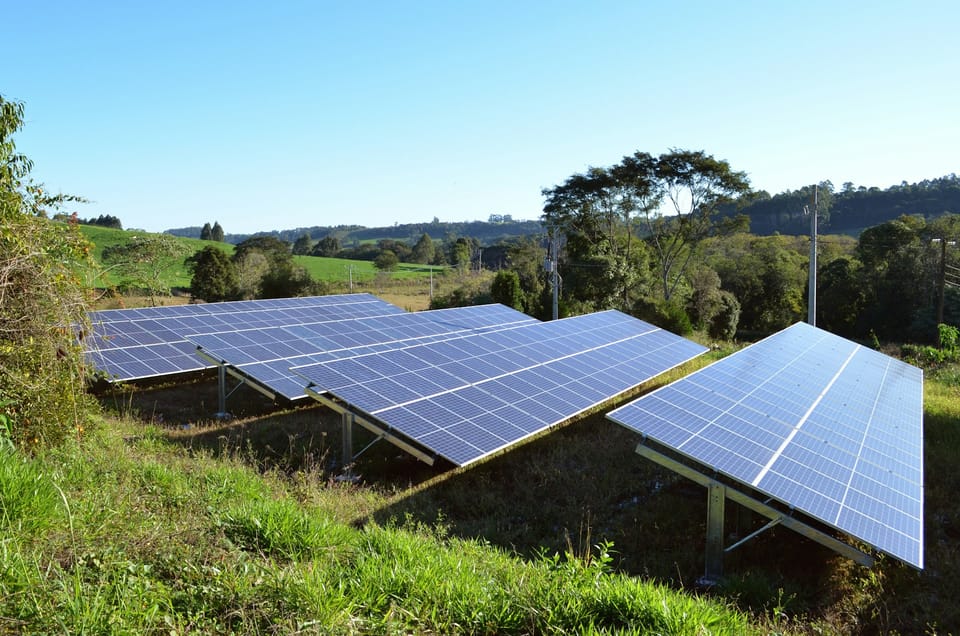The 10 Largest Forests in the World
Forests are the lungs of our planet—and these are the biggest. This guide explores the 10 largest forests on Earth, highlighting their locations, ecological importance, and stunning natural diversity.
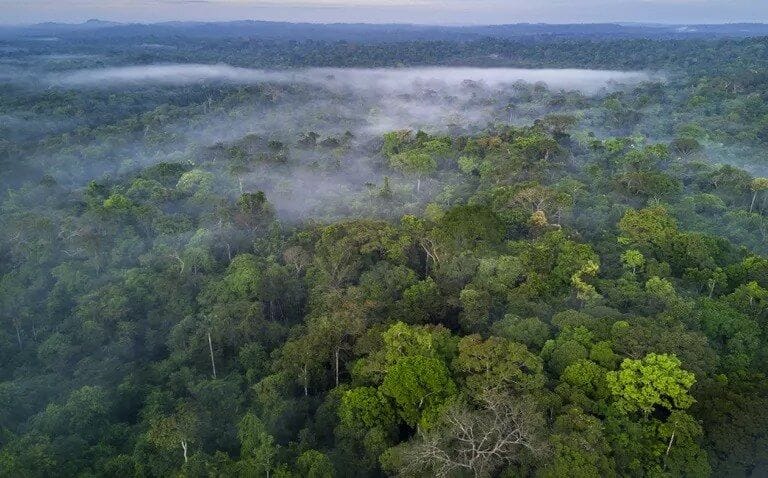
Forests cover about 31% of the global land area, though they are responsible for supporting a vast majority of the Earth’s plant and animal species—plenty of which are considered threatened or endangered. Half of the world’s forests are found in just five countries and many are fragmented and in grave danger due to deforestation and forest degradation.
There are so many reasons to protect our forests. Not only do we depend on them for survival as an oxygen source, but they also provide critical habitats for animals, livelihoods for humans, and help mitigating climate change. At the very least, forests serve as an essential reminder of just how beautiful the natural world can be, from the sweeping majesty of the Amazon to your local state park. These are the 10 largest forests in the world.
1. The Amazon
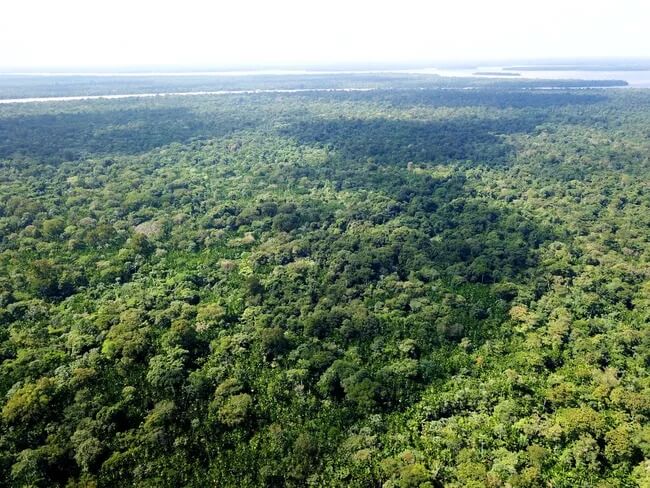
At about 2,300,000 square miles in size, the Amazon rainforest is the most biodiverse and largest forest in the world. It spreads across Brazil, Bolivia, Colombia, Ecuador, French Guiana, Guyana, Peru, Venezuela, and the Republic of Suriname, and is home to one in ten of the wildlife species known.
Sadly, the Amazon is facing unprecedented environmental challenges due to deforestation and fire; as recently as 2019, about 28,000 square miles were burnt in the Amazon rainforest section of Brazil.
2. The Congo Rainforest
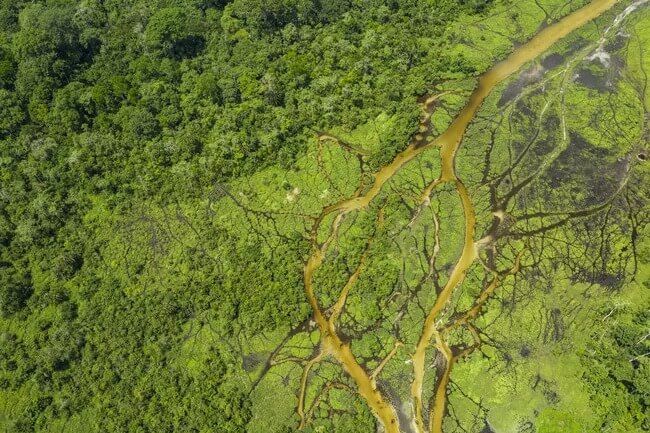
Just a portion of the area that makes up Africa's Congo Basin, the Congo rainforest covers over 1,400,000 square miles throughout Cameroon, the Central African Republic, the Republic of Congo, the Democratic Republic of Congo, Equatorial Guinea, and Gabon.
Often referred to as Earth’s “second lung” after the Amazon, the Congo is protected through five separate national parks that are also designated UNESCO World Heritage Sites.
3. New Guinea Rainforest
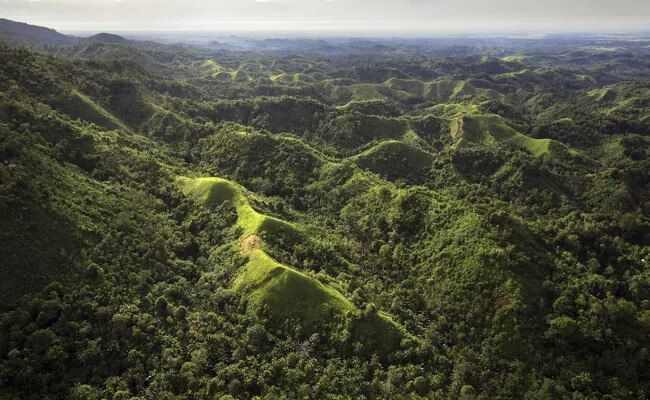
The rainforests of New Guinea make up over half of the country’s landmass, incorporating vast mountainous landscapes spanning 303,500 square miles. Since it’s located on an island, the New Guinea rainforest is home to groups of Indigenous peoples and native animal species that have had little to no contact with the outside world.
4. Valdivian Temperate Rainforest
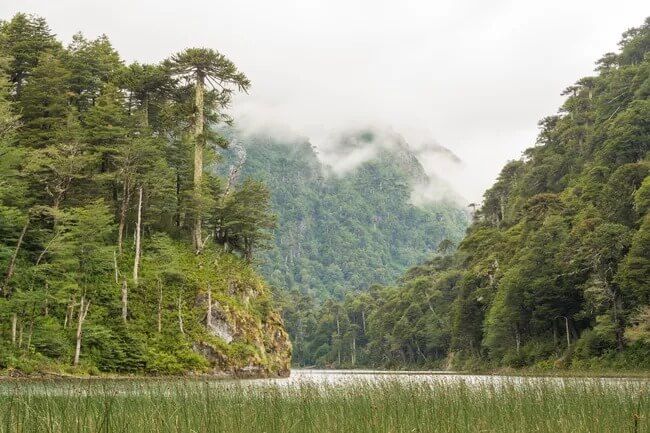
At least 90% of the plant species that live inside the Valdivian temperate rainforest in the southern cone of South America are endemic, meaning they are either native or restricted to that exact area.
At 95,800 square miles in size, the forest here also has one of the highest incidences of pollination performed by animals recorded of any temperate biome.
5. Tongass National Forest
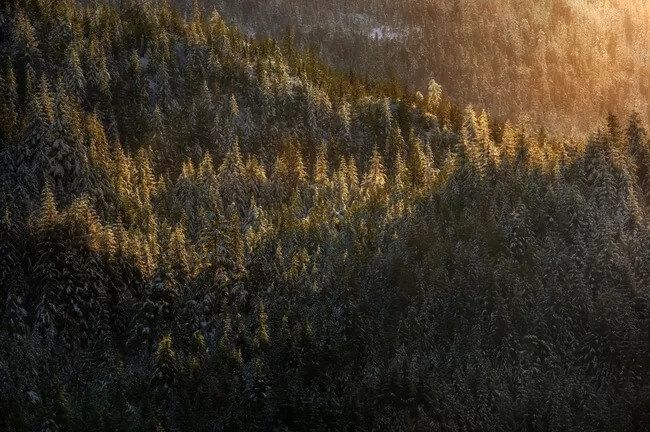
Found in Southeast Alaska and spanning about 26,560 square miles, the Tongass National Forest is the largest national forest in the United States and the largest temperate rainforest in North America. That means it holds almost a third of the Earth’s old-growth temperate rainforests, which are particularly important due to their high levels of stored carbon and biomass.
6. Bosawas Biosphere Reserve
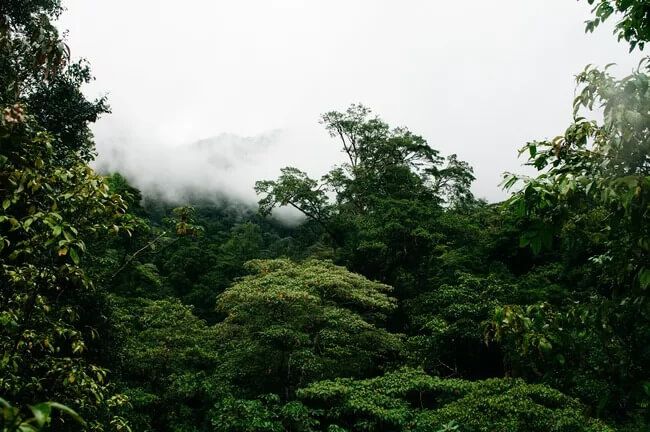
Designated by UNESCO in 1997, the Bosawas Biosphere Reserve in Nicaragua covers nearly 8,500 square miles. It’s estimated that about 13% of the world’s known species live inside the reserve, which is technically made up of six different types of forest. The reserve is also home to 20 separate communities of Indigenous peoples who contribute to the protection of natural resources and operate their entire economies off the land.
7. Xishuangbanna Tropical Rainforest
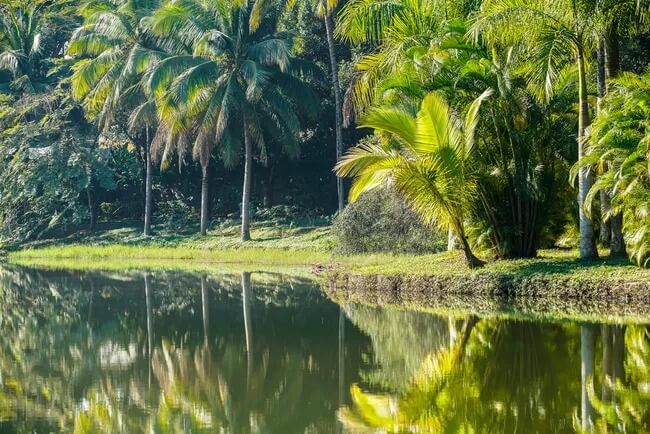
Located in the Yunnan province of Southern China, Xishuangbanna tropical rainforest has been designated as an official UNESCO biosphere reserve since 1990.
Spanning roughly 936 square miles, the forest supports a large number of rare and endangered species, including 90% of China's entire wild Asian elephant population.
8. Daintree Rainforest
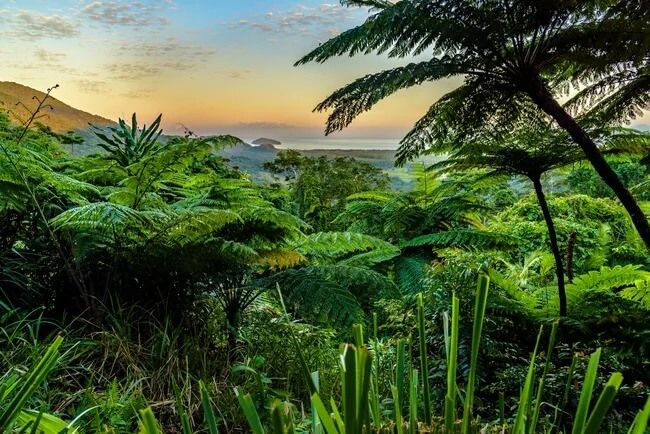
One of the oldest forests in the world, Daintree rainforest in Australia is believed to be 180 million years old (older even than the Amazon rainforest). At 463 square miles in size, Daintree contains over half of the country's bat and butterfly species, helping it serve as an important source of pollination for the rest of the region.
9. Kinabalu National Park
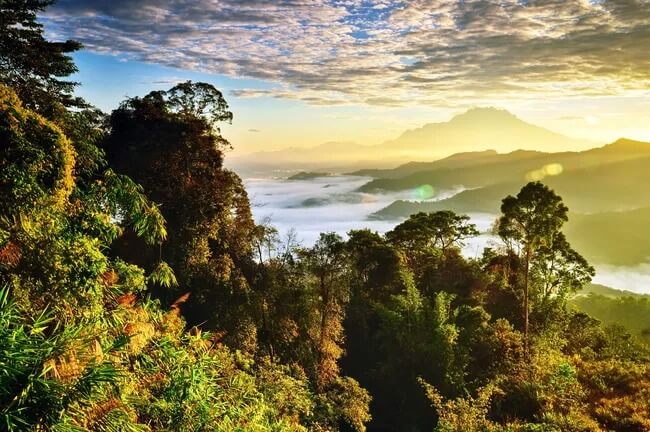
Located on the island of Borneo, Kinabalu National Park is made up of 291 square miles worth of tropical rainforest. Its unique altitudinal range—from nearly 500 feet to over 13,000 feet—helps support a wide range of different habitats for a number of species, including 90 types of mammals, 326 types of birds, and 1,000 orchid species.
10. Monteverde Cloud Forest Reserve
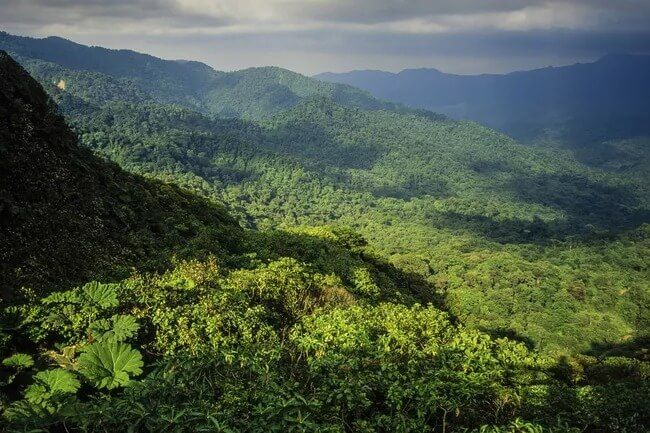
Just one of Costa Rica’s many protected natural areas, the 40-square-mile Monteverde Cloud Forest Reserve is amongst the most popular bird watching destinations in the world. A rare type of “cloud” forest that occurs within a tropical mountainous environment where the atmospheric conditions allow for near constant cloud cover, Monteverde is also home to jaguars, pumas, several species of monkeys, and colorful red-eyed tree frogs.





